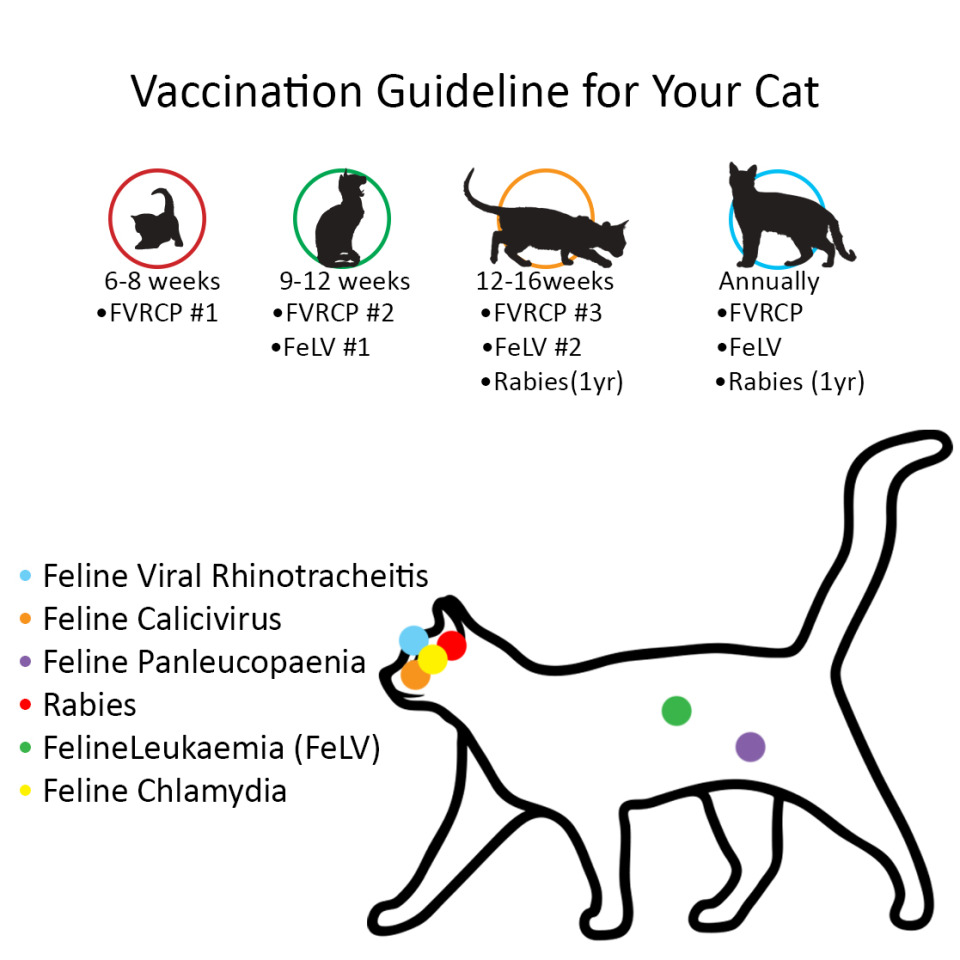felv vaccine for cats how often
Panleukopenia feline distemper. Its difficult for pet parents to understand their cats vaccination schedulefrom which ones they need to how often they need them.
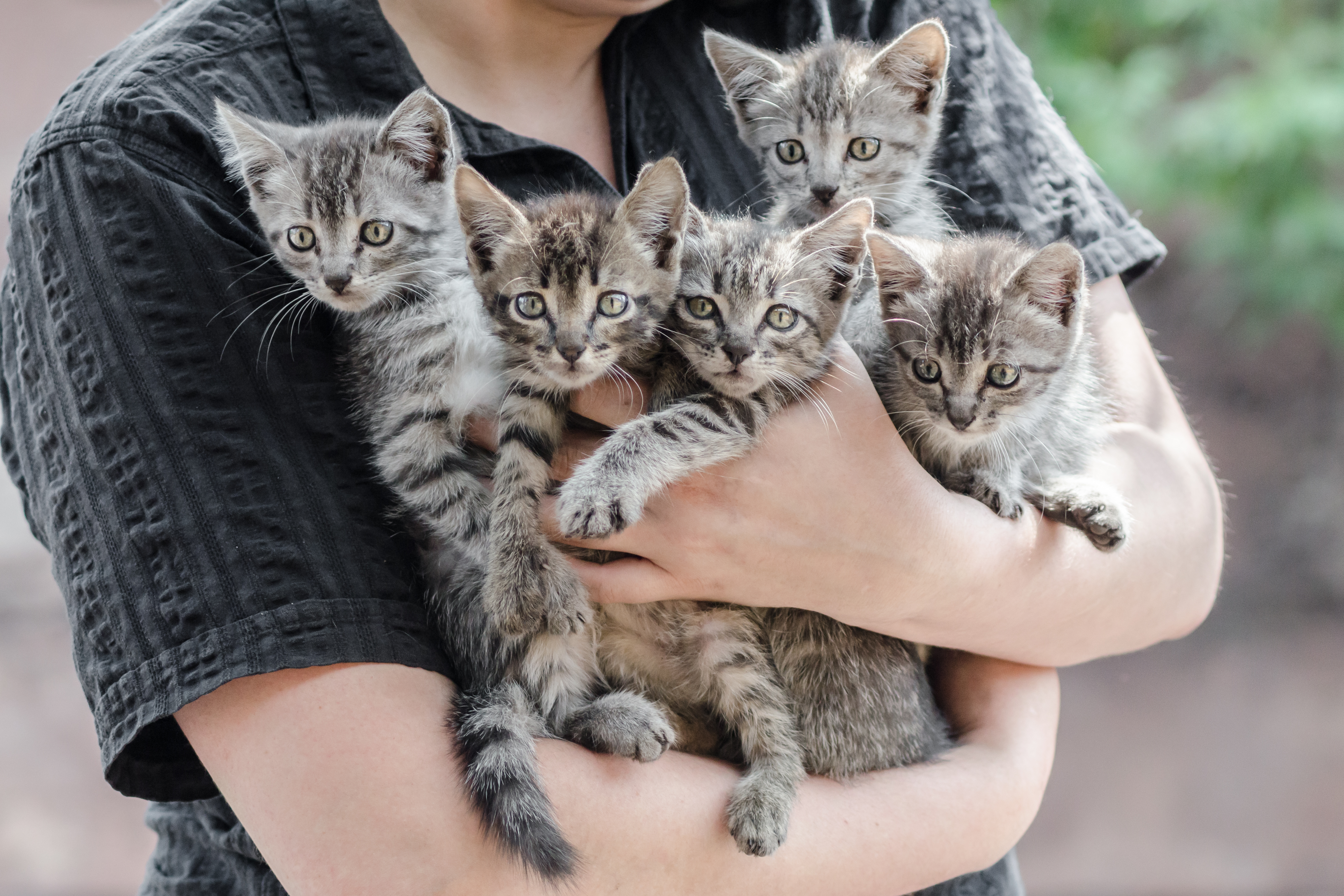
Feline Leukemia Felv American Humane American Humane
Feline injection site sarcomas FISS have been recognized since the early 1990s.
/adult-cat-vaccination-schedule-4846632_V4-ff36ccb34d74410d9652b4307a26e8b3.png)
. However if that vaccine is not included at the next annual booster it takes a two vaccination treatment three weeks apart to ensure your cat is covered again. Cat Leukemia Vaccine Side Effects. In order to protect your cat from contracting a serious but preventable condition its critical to begin having your feline friend vaccinated right from the time they are just a few weeks old and continue with booster shots on a regular basis throughout.
Many owners of indoor cats elect a 5-7 year period. Feline leukemia virus FeLV is second only to trauma as the leading cause of death in cats killing 85 of persistently infected felines within three years of diagnosis. Cat vaccinations can get confusing.
Not only are there different schedules and needed vaccines for cats and kittens but there are also some extra vaccines for different lifestyles. The minimum age that kittens can be vaccinated according to label recommendations is 8 9 or 10 weeks depending on the brand so FeLV vaccine is typically not given to kittens presented at 6-8 weeks of age. The safety and the efficacy of several feline leukemia virus FeLV vaccines for 16-week-old kittens were determined.
If an FeLV-negative cat is not around a FeLV-positive cat the FeLV-negative cat will not get the virus. Some vaccines are recommended for all cats. How Often Should My Cat Receive the FVRCP Vaccine.
Aseptically rehydrate the lyophilized vaccine with 1 mL of the accompanying sterile water diluent and agitate. UC Davis School of Veterinary Medicine. This is likely due to a combination of the availability of accurate screening tests improved client awareness of the disease a change in the lifestyle of the average cat more cats are kept indoors rather than being allowed to roam freely and vaccination of at-risk cats.
Duration of immunity is at least 2 years. The vaccination status of the other cats was unknown. Western blot analysis identifies FeLV-gp70 p27 p15 p12 and p10 in the subunit vaccine preparation.
Vaccines were derived from an FL74 lymphoblastoid cell line that has been in continuous tissue culture passage for about 4 years. Studies have shown that most animals have immunity from the diseases they are vaccinated against for at least three years after their first booster. This means he would be vaccinated at 8 12 and 16 weeks of age.
Feline leukemia virus FeLV is a virus that infects only cats. Panleukopenia also known as feline distemper Feline calicivirus. Serious diseases spread between cats affect vast numbers of cats and kittens each year.
We recommend doing the puppy and kitten series and a booster vaccine in one year and then every three years for the majority of core vaccines or possibly only rabies for indoor-only animals. Although it varies depending on where a cat lives roughly 2 to 3 of cats are FeLV-positive. Re-vaccinate at one year of age and then repeat the vaccines no more.
The FVRCP vaccine for cats is generally given to kittens every three to four weeks until they are 16-20 weeks old. Vaccines To Protect Cat Health. So keeping your cats indoors should prevent exposure.
Among some cats a feline leukemia vaccine is associated with minor side effects. I do not recommend that any cat receive subsequent boosters any more often than every three years. Contemporaneous with the implementation of stricter vaccination recommendations and the development of adjuvanted killed rabies and feline leukemia virus FeLV vaccines pathologists at the University of Pennsylvania began.
To give your cat just the core vaccines would be prudent and to give your cat all the available vaccines may be excessive. The American Association of Feline Practitioners Vaccination Advisory Panel recommends that all household cats kept indoors at all times receive the following vaccines. There is no treatment for FeLV therefore preventing infection through vaccination is highly recommended.
Which shots they need. Administer 1 mL 1 dose subcutaneously. As a general rule FeLV vaccination protection lasts for about a year and herpes calici and panleukopenia last for around three years.
However this can last a little longer often 2-3 months more if youve kept your cats vaccines up to date throughout their lives. The FVRCP is the most important vaccine. PUREVAX Recombinant FeLV is recommended for the vaccination of healthy cats 8 weeks of age or older as an aid in the prevention of disease due to feline leukemia virus.
Shown to be effective for vaccination of healthy cats 9 weeks of age or older against feline leukemia viruses. The series of vaccines is necessary because it takes a number of booster shots to convince the immune system to recognize the components of the vaccine. Currently the American Association of Feline Practitioners AAFP vaccination guidelines recommend that low-risk adult cats that received the full booster series of vaccines as kittens can be vaccinated every three years for the core vaccines feline viral rhinotracheitis feline calicivirus feline panleukopenia and rabies and then as determined by your veterinarian for any non-core.
Adult cats need shots less often usually every year or every 3 years depending on how long a vaccine is designed to last. Background epidemiology and pathogenesis. Side effects of FeLV vaccination are rare and usually very minor such as transient episodes of dullness with mild pyrexia.
Also shown to be effective against persistent viremia in cats exposed to virulent feline leukemia virus. After two vaccinations 3-4 weeks apart for either kittens or adults a booster is given 1 year later. A small few cats may experience a mild reaction to the FeLV.
Cats immunized with the vaccine developed antibodies to a 70000 MW protein of the vaccine that seems to be distinct from but related to the FeLV-gp70 polypeptide. The incidence of FeLV disease has dramatically declined over the past several decades. The vaccines were made from living virus formaldehy.
This highly contagious and potentially lethal virus causes fever vomiting diarrhea loss of appetite and in some cases sudden death. Cat rabies vaccine costs will vary tremendously depending on the vaccine used by your veterinarian. All the Cats Protection cats that we home have been vaccinated against FeLV.
Testing prior to vaccination is needed to ensure the cat is not already infected with FeLV as it offers no protection to an infected cat. Since there is no cure prevention is the best treatment for FeLV. Occasionally there may be minor swelling and discomfort at the injection site.
The virus commonly causes anemia or lymphoma but because it suppresses the immune system it can also predispose cats to deadly infections.
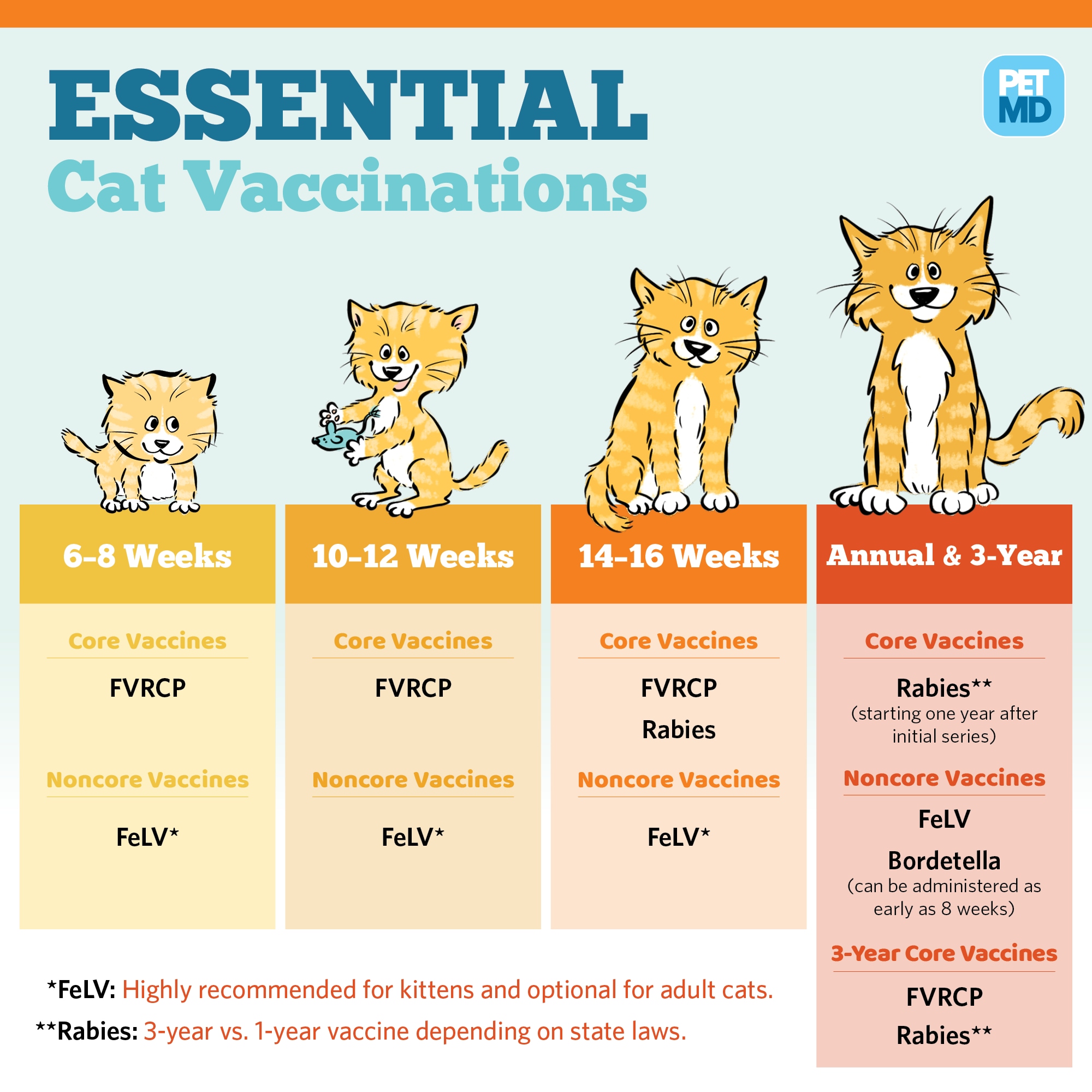
Kitten Vaccinations Vaccination Schedule For Cats Petmd

Does Your Cat Need Vaccines Corydon Animal Hospital

Nobivac Felv Revival Animal Health

Nobivac Felv Revival Animal Health
Feline Leukemia Virus Vaccination Today S Veterinary Practice
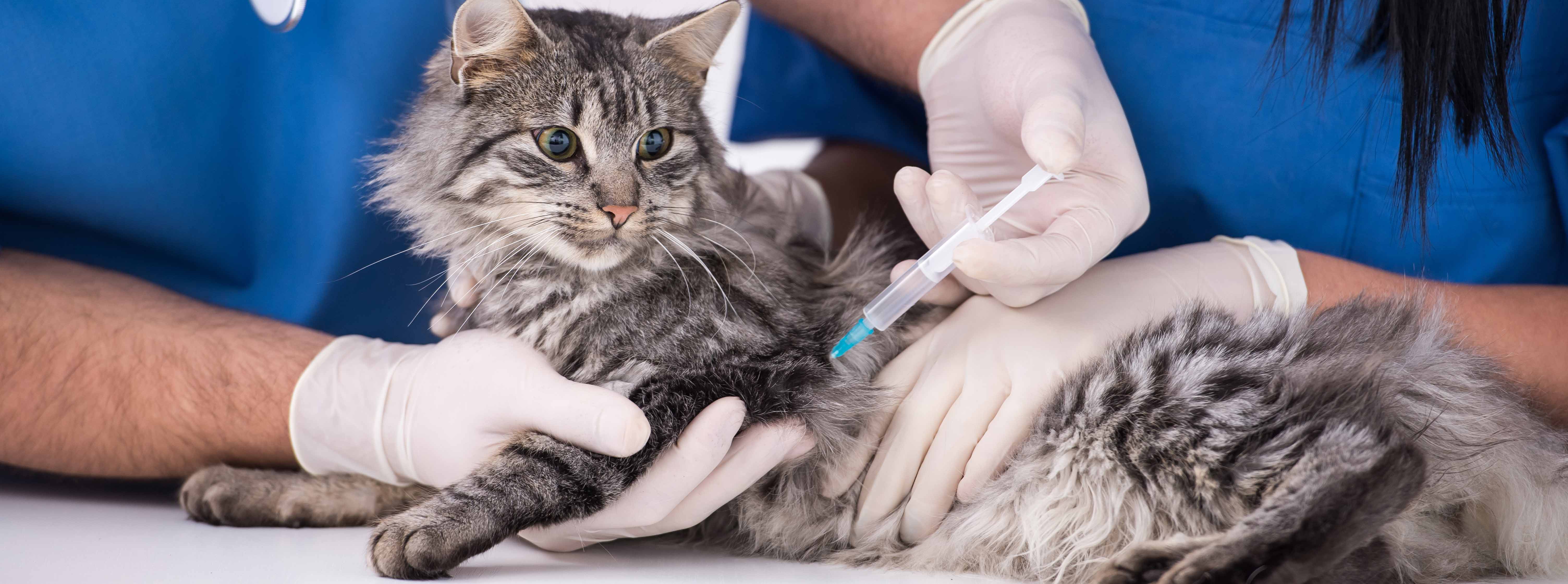
Cat Vaccinations Seneca Animal Clinic

Feline Leukemia Vaccine Felv For Cats Great Pet Care

Msd Animal Health Hub Nobivac Felv Suspension For Injection For Cats
/adult-cat-vaccination-schedule-4846632_V4-ff36ccb34d74410d9652b4307a26e8b3.png)
What Is The Average Adult Cat Vaccination Schedule
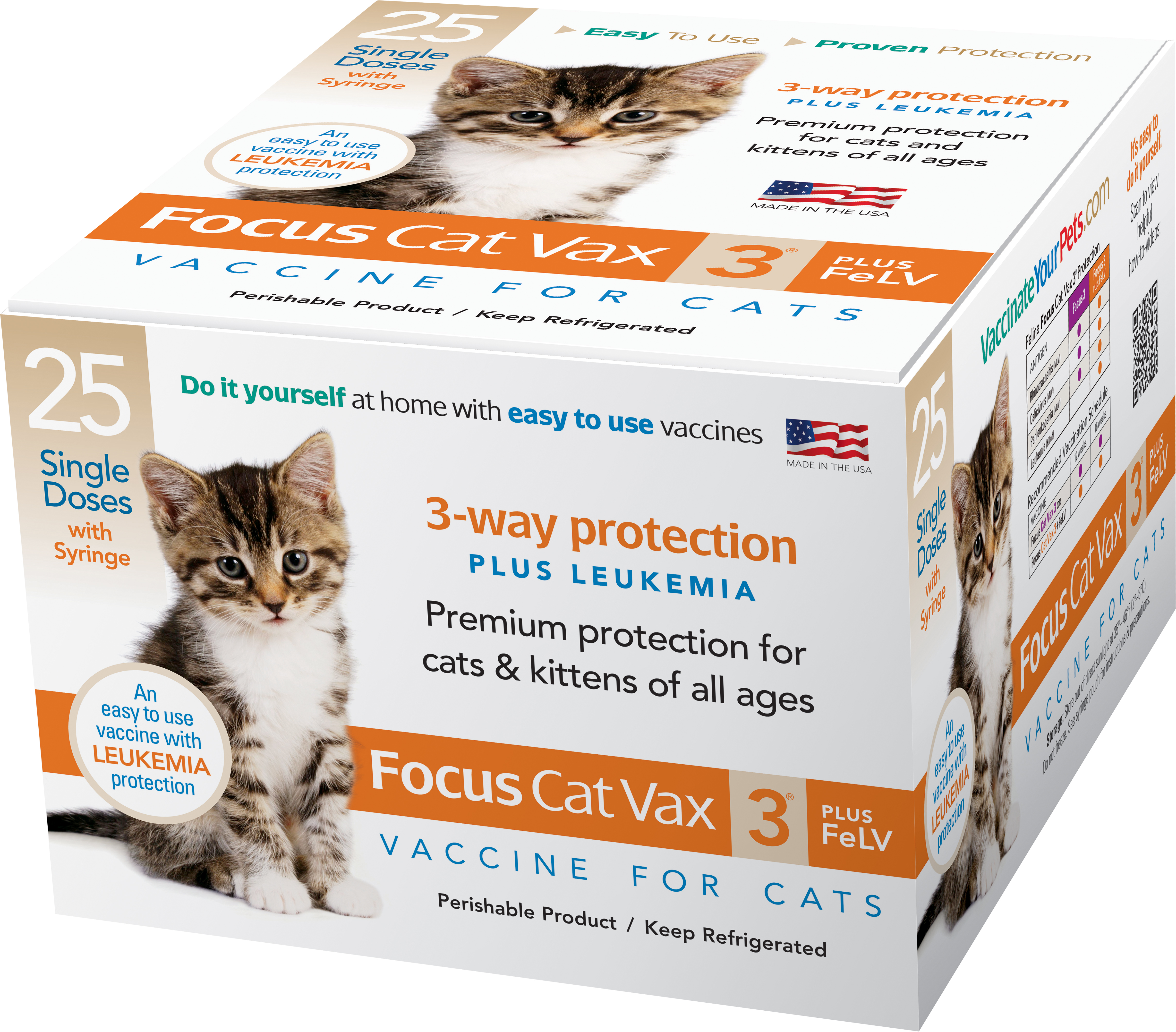
Focus Cat Vax 3 Plus Felv Durvet

Should I Get My Indoor Cat Vaccinated Argyle Veterinary Hospital Argyle
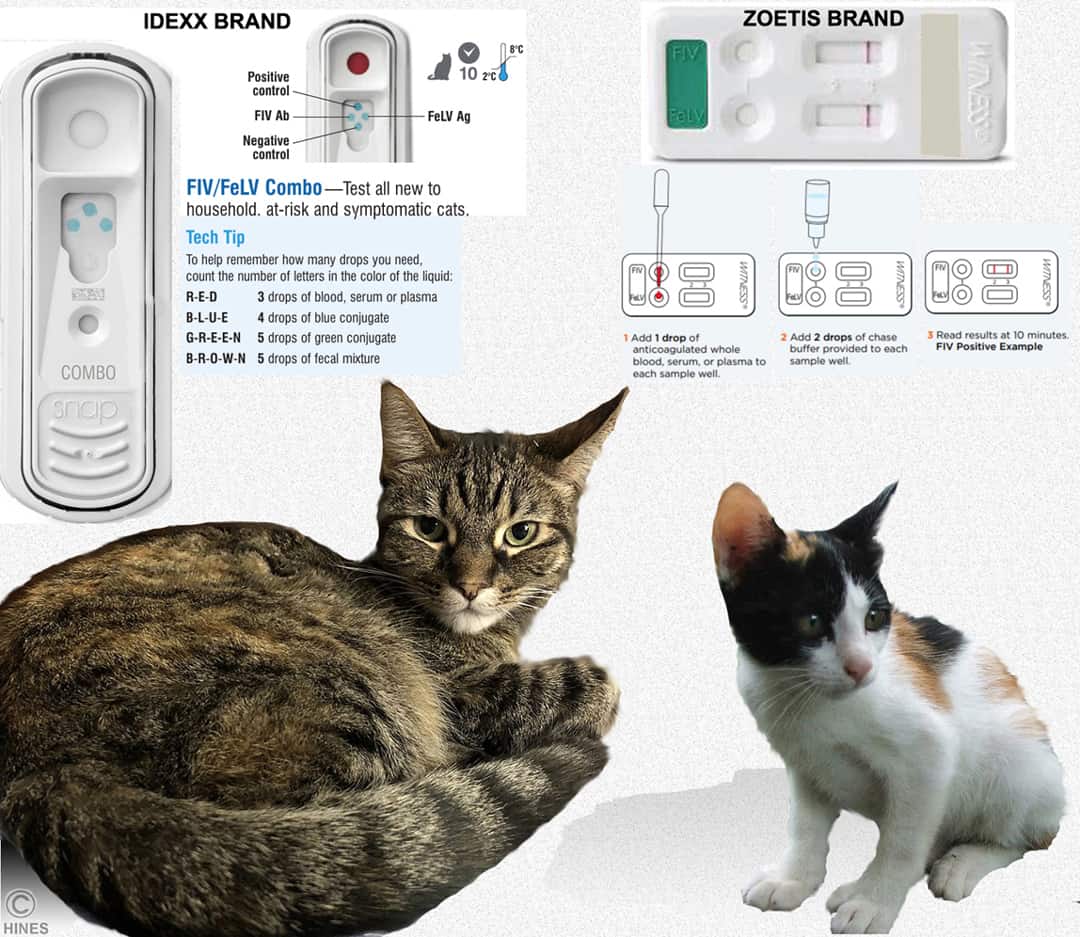
Understanding The Feline Leukemia And Feline Aids Tests

Pin On Veterinary Infographics
/adult-cat-vaccination-schedule-4846632_V4-ff36ccb34d74410d9652b4307a26e8b3.png)
What Is The Average Adult Cat Vaccination Schedule

You Can Help To Prevent Feline Leukemia By Keeping Your Cat Indoors Or Having Him Vaccinated Against The Disease If He Goes Feline Leukemia Cat Illnesses Cats
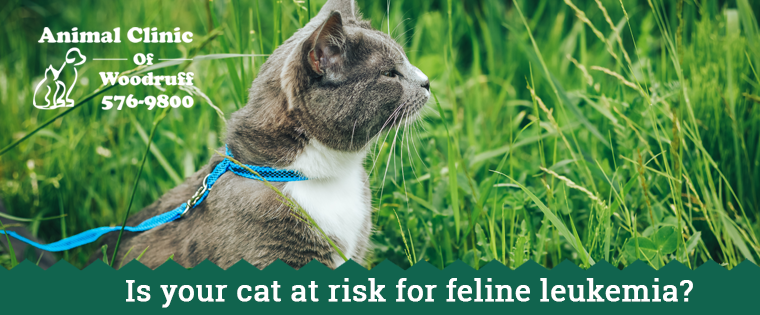
Feline Leukemia Virus Felv Animal Clinic Of Woodruff Spartanburg Sc


